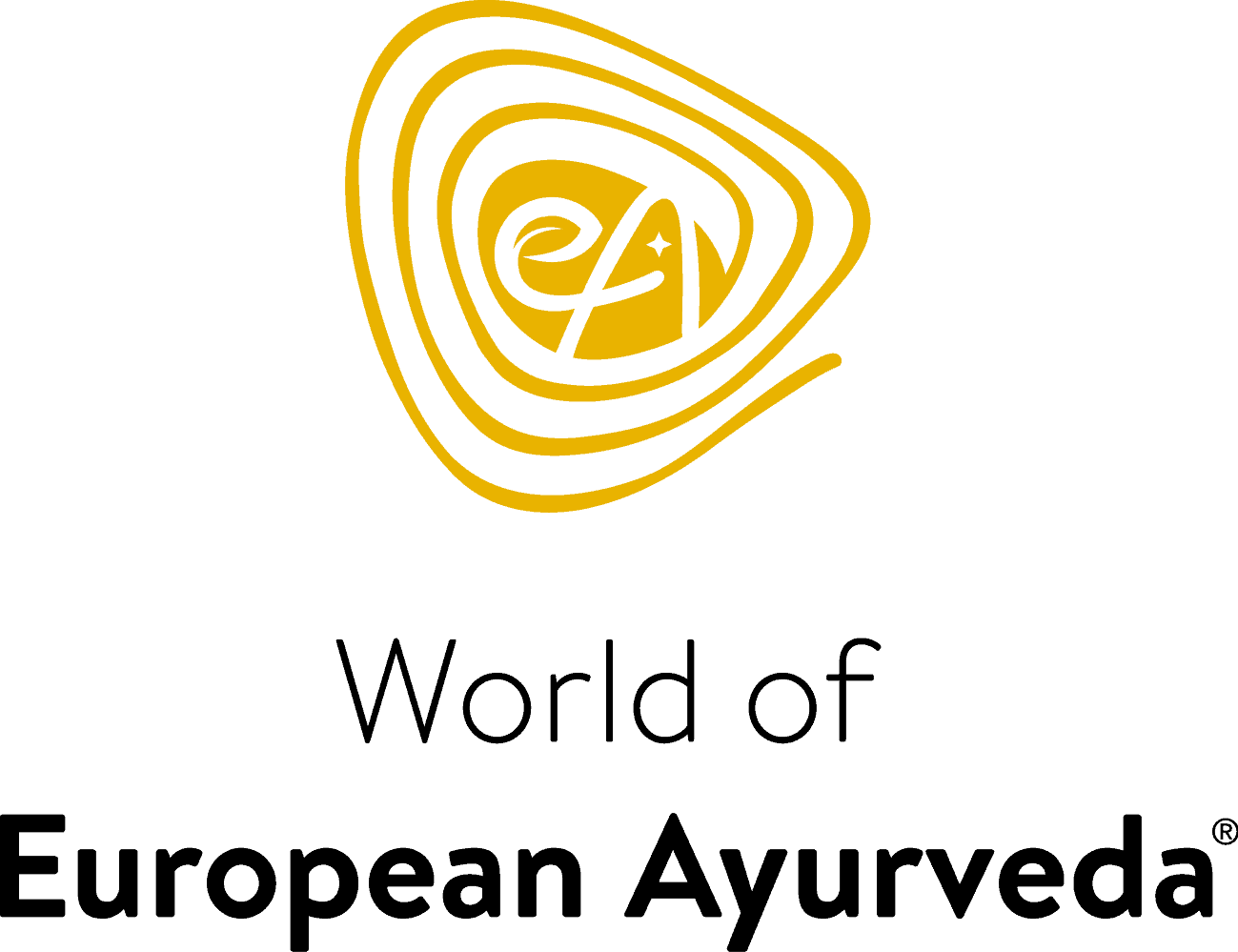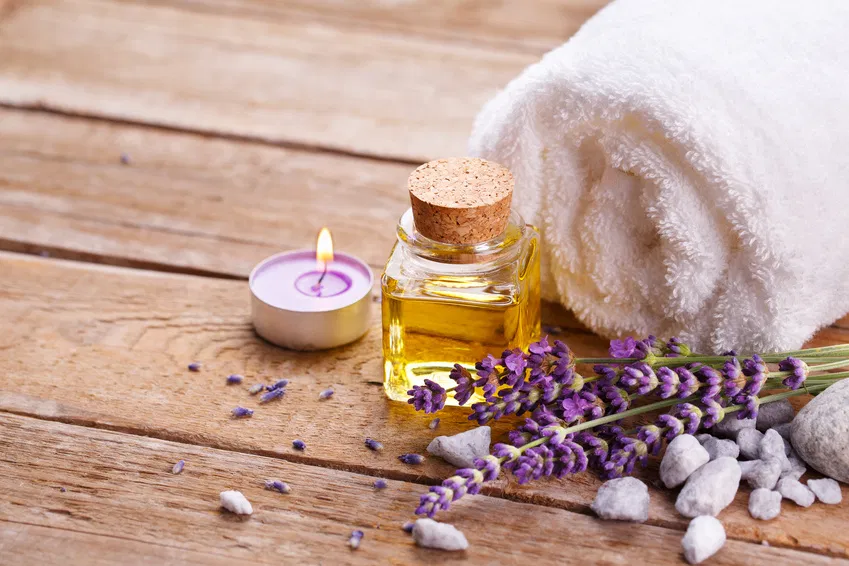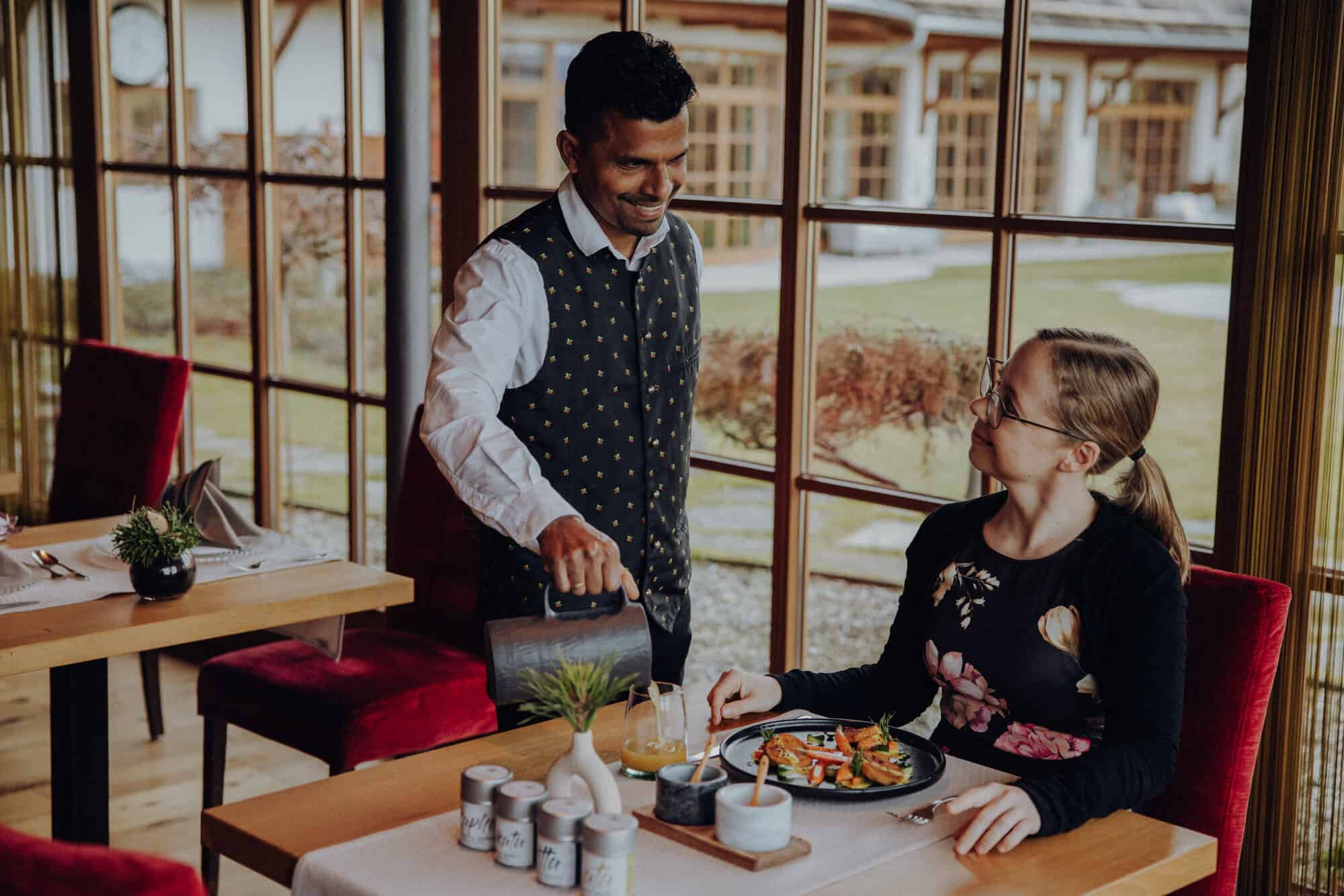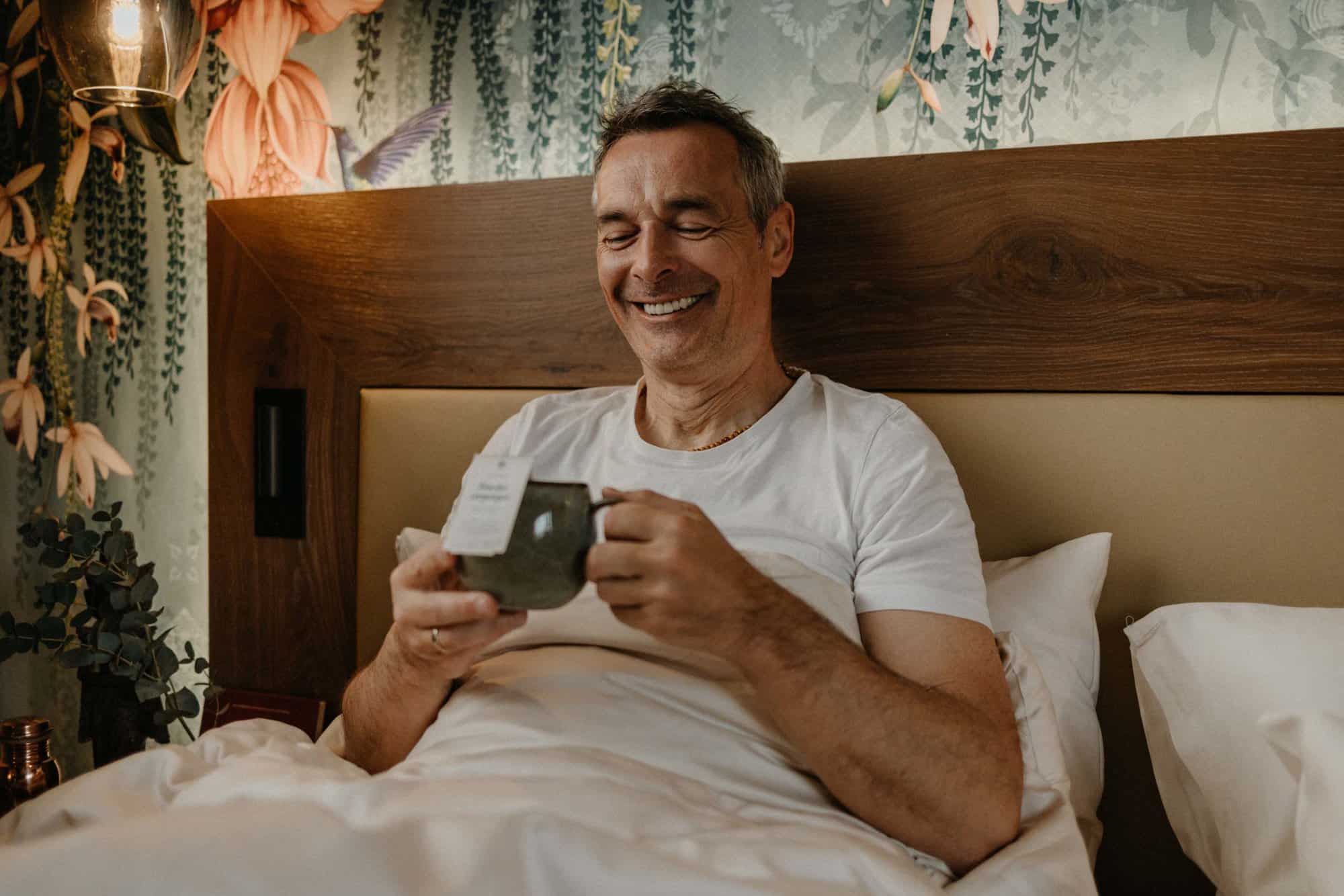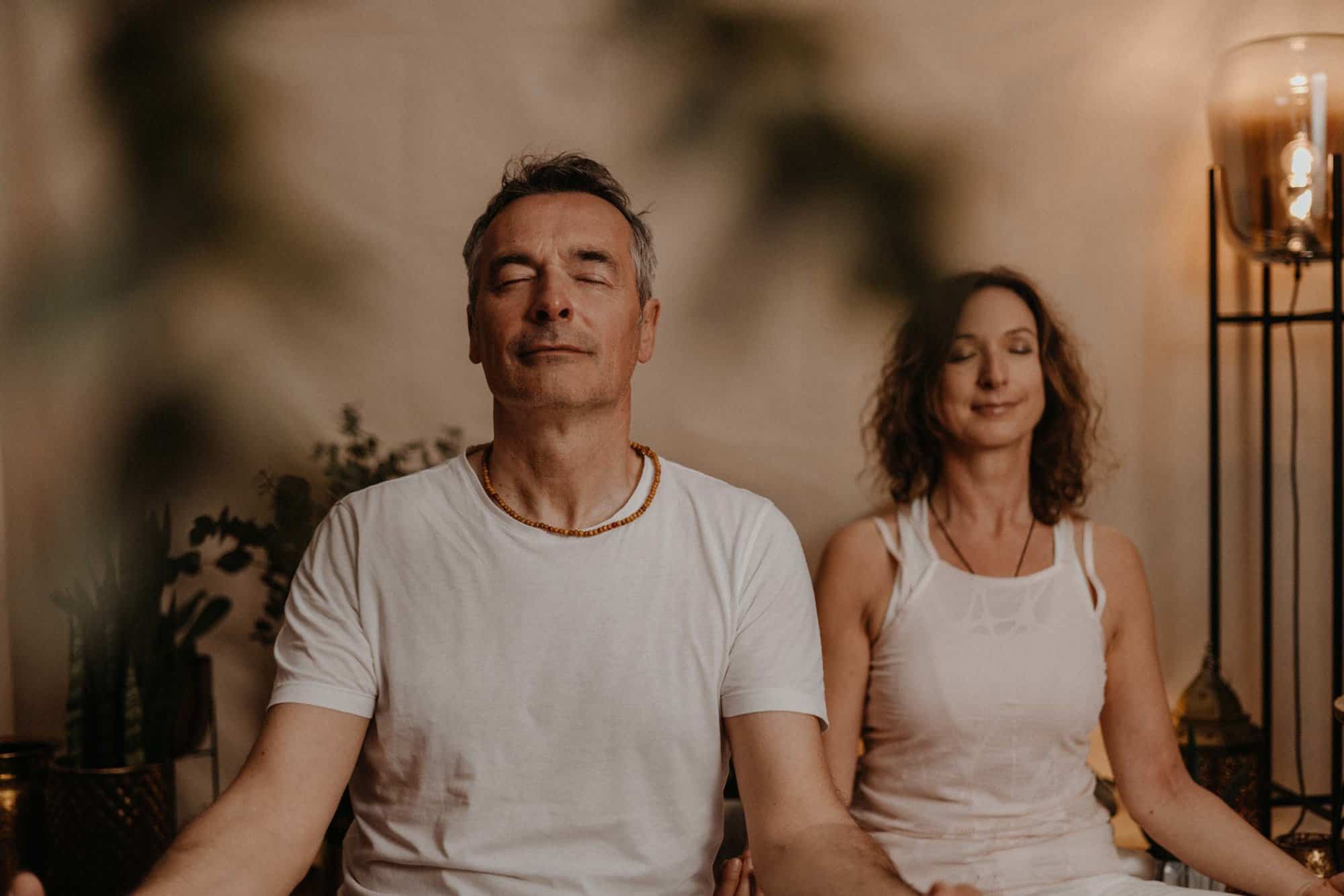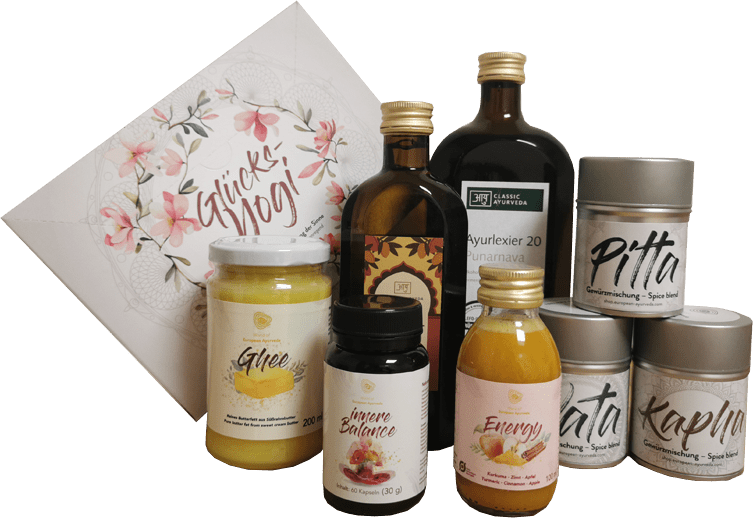Besides nutrition and yoga, massages are also part of Ayurvedic health teachings. Abhyanga massage is one of the most beneficial and effective forms of treatment. Translated from ancient Indian, Abhyanga means something like "great oiling with loving hands". Today we will tell you more about Ayurvedic massage.
It combines several techniques that serve to deeply relax and vitalise the body. The high-quality oils not only penetrate deeply into the skin, but are also valuable for a healthy complexion.
In Europe you can get the Ayurveda massage at different institutions. In Ayurvedic therapies such as Panchakarma, the Abhyanga massage is an integral part.
Abhyanga tradition and the history of Ayurvedic massage
In the Rigveda, one of the most important scriptures of Hinduism, the following words indicate an intense effect of the Abhyanga massage.
"My hand is God. Boundlessly blissful is my hand. This hand keeps all the secrets that make whole with its gentle touch."
A distinction is made between the inner oilings "Abhyantara" and the outer oilings "Bhahya Snehana". In addition, the Abhyanga is divided into a pressure massage "Mardana" and a light, gentle massage "Smvahana".
Abhyanga as a morning ritual
European Ayurveda® helps you to rejuvenate your mind and body. In the classic morning routine, various rituals are performed that promote your health and mental and spiritual development.
The following points are part of an Ayurvedic morning routine:
- Get up before sunrise
- The Abhyanga Massage (2 - 3 times a week)
- Drink a glass of water on an empty stomach
- Oiling the body and gargling oil
The effect of the massage
Abhyanga full body massage relaxes, has a rejuvenating effect and strengthens the immune system. Everyone who enjoys an Abhyanga massage immediately feels how intense this oil massage is.
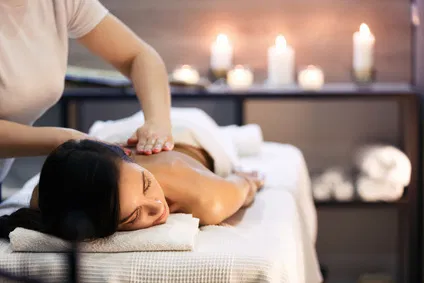
Two stroking directions are used in the classic Abhyanga. One is the "Anuloma", i.e. with the hair direction. This has a calming and balancing effect. The second variant is the "Pratiloma", i.e. against the direction of the hair. This has a stimulating and invigorating effect.
However, which stroking direction is applied during your Abhyanga massage is decided by each Ayurvedic therapist . The oils for your treatment are selected by the therapist depending on the indication.
For the body, rather heating oils are used here. For the face, however, rather cooling oils are used. Basically, only cooling oils are used for the face and head, so that no heat is generated in the head.
Advantages and disadvantages of the Abhyanga massage
There are some classic indications that speak for an Ayurvedic massage, as well as some contraindications that speak against a massage.
Here are some classic indications for Abhyanga:
- In case of dosha imbalance, especially of Vata (the principle of movement).
- People who do intense physical exercise on a daily basis, such as athletes
- With a lot of mental work
- In geriatrics, as a rasayna (rejuvenator).
- To promote the regeneration of tissues and organs
- To relieve stress
And some classic contraindications:
- Cold with heavy mucus
- Directly after a cleansing treatment, such as the Pancha Karma cure (Ayurvedic cleansing cure).
- Acute fever
- If the food is not yet completely digested
- Very weak clients, severe fatigue
- Severely blocked shrotas (body channels) caused by ama (undigested matter)
The special types of oil and their modes of action
The special types of oil used in Abhyanga massage are very time and material consuming. The production can sometimes take days.
However, the high quality of the oils is important, otherwise they have no therapeutic benefit. The oils, which are specially adapted to the patient, account for up to 70 percent of the treatment. The therapist, on the other hand, only accounts for around 30 percent.
The following points are important before the actual massage:
- Are you allergic to anything?
- Have you had surgery in the past six months?
- Is there a pregnancy?
- Are you currently menstruating?
These questions will help the therapist to tailor the massage, oil, pressure and rhythm, as well as the duration and aftercare. Likewise, the therapist should also inform you about possible reactions.
In order to maintain the balance gained, the following points are important:
- do not walk barefoot
- Protect yourself from draughts and wind
- cover one's head
- No lavish meals and no extreme activities after the massage
- drink hot ginger water
